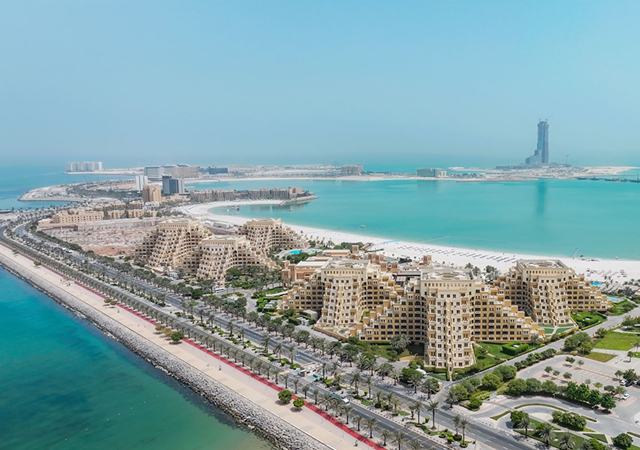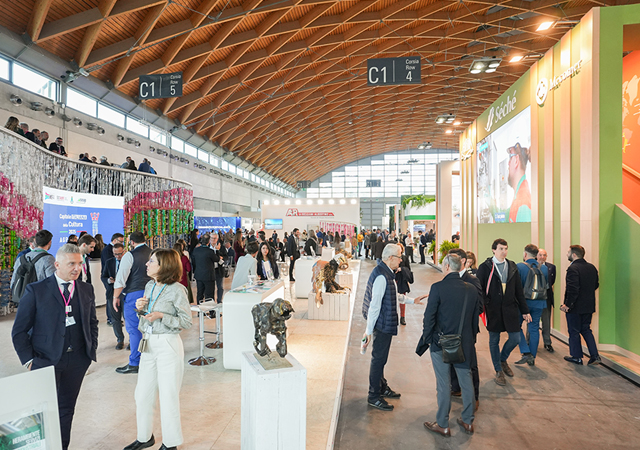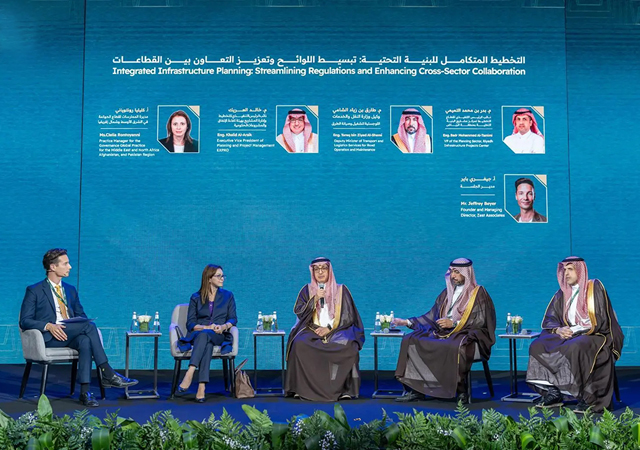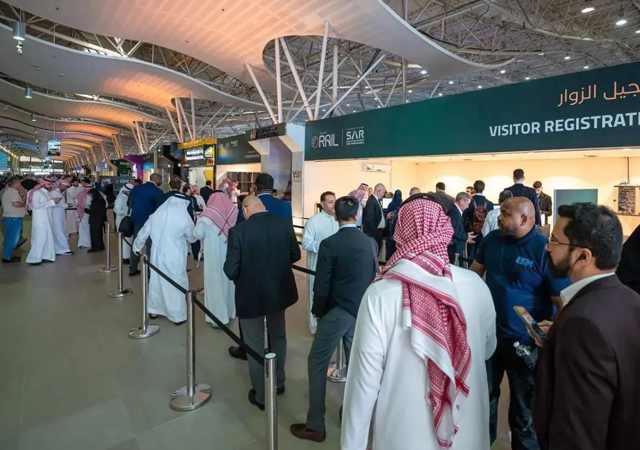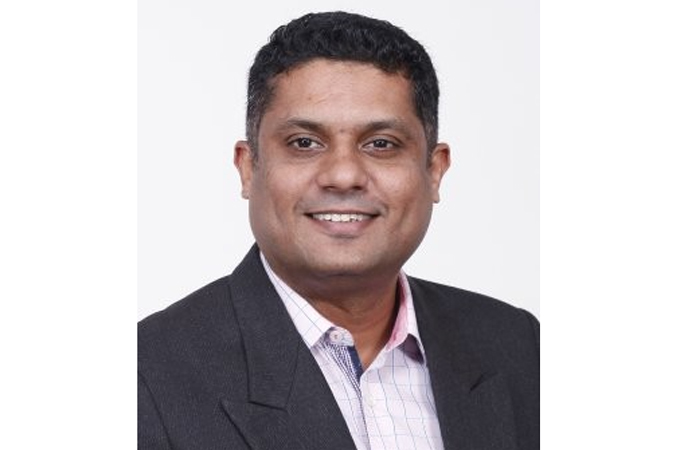 Tony Chacko
Tony Chacko
Construction across the Gulf continues to set global benchmarks for speed, scale, and ambition. And the region’s shift toward smart cities and data-centric infrastructure is introducing a new measure of success: how well a building communicates.
Increasingly, the digital foundations laid during construction determine whether a building can deliver the intelligence owners and occupants now expect.
In the past, connectivity was often addressed only once physical works were complete. Today, that practice risks costly delays, operational constraints, and underperforming systems. Industry leaders across the Gulf now view the network as a core utility, essential to the architectural and engineering planning process — and best designed before concrete is poured and ceilings are closed.
During construction, reliable connectivity supports the daily realities of modern delivery: remote design reviews, cloud-based project management, digital health and safety monitoring, and telematics from cranes and machinery. One site engineer recently noted that slow Wi-Fi could stall progress as quickly as a delayed concrete pour — a reminder that digital downtime has become a real construction risk, especially in challenging summer conditions and constantly shifting site layouts.
The long-term impact of early design is even greater. Smart buildings depend on precise network planning aligned to material choices, spatial geometry, and future technology density. When connectivity is considered late, compromises are inevitable. But when it is integrated from the beginning, coverage becomes seamless, scalability becomes straightforward, and the transition from temporary to permanent infrastructure is smooth and efficient.
Once a building enters operation, connectivity becomes the nervous system of the asset. Energy optimisation, access control, occupancy comfort, and environmental monitoring all rely on uninterrupted data flow. Cloud-based network management platforms provide real-time visibility and enable predictive adjustments — strengthening operational resilience and reducing lifecycle cost. For developers and asset owners in the Gulf, this translates directly into higher asset value and stronger tenant satisfaction.
The Gulf environment adds its own unique set of technical demands. Equipment must withstand dust intrusion, high humidity along coastlines, and intense seasonal temperatures. Systems unprepared for these conditions often falter early in their lifecycle. Technology engineered specifically for Gulf deployments helps ensure long-term reliability — critical for buildings designed to support advanced services and future smart-city integrations.
The evolution now taking place in the Gulf’s construction sector reflects a broader commitment to innovation. Connectivity is no longer a fitting-out item; it is a strategic design element that shapes how well a building will perform over decades of use. The organisations leading that shift are those placing digital planning at the heart of their construction philosophy.
A modern asset is not defined solely by how it stands — but by how intelligently it works. And in the Gulf, where development continues to push boundaries, ensuring that the digital backbone is strong from the start has become an essential component of responsible building.
With smart-building expectations rising, the availability of IO by HFCL connectivity solutions throughout the Gulf offers project teams an opportunity to integrate reliable, scalable digital infrastructure from the early stages of construction.
* Tony Chacko is Operations Director at Northstar Telecom Solutions and leads the regional distribution of IO by HFCL connectivity solutions across the Gulf. His work focuses on enabling secure, high-performance network foundations for construction and smart-infrastructure initiatives tailored to the region’s unique environmental and operational requirements.



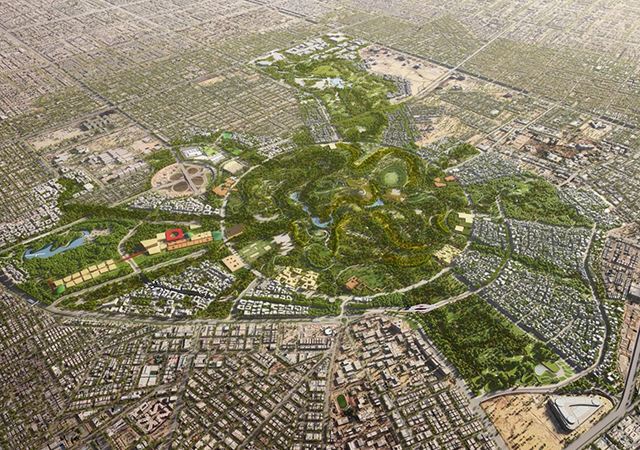
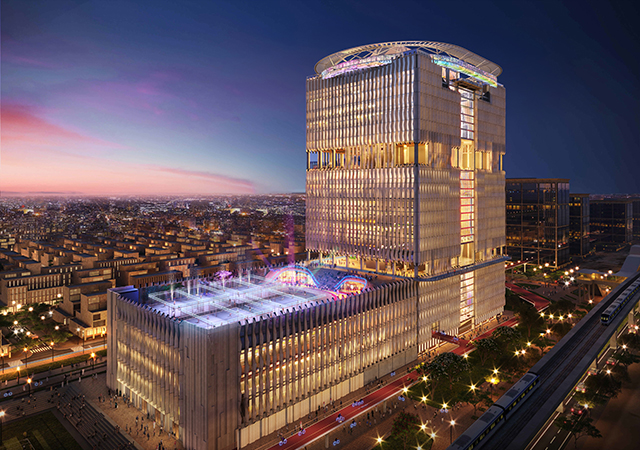
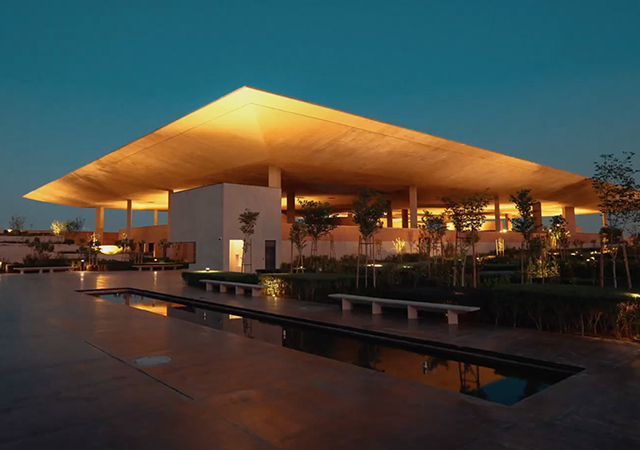
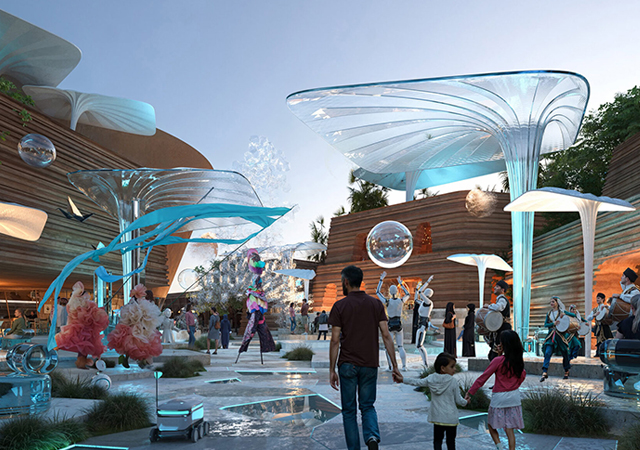
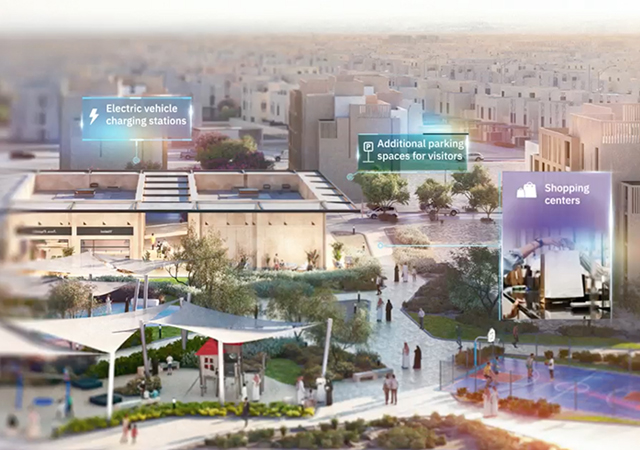

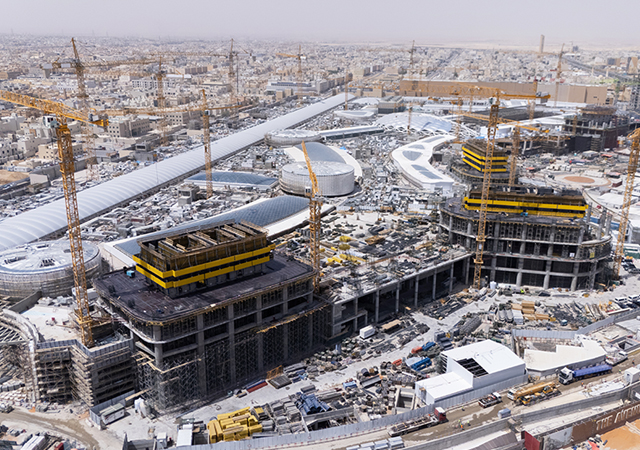
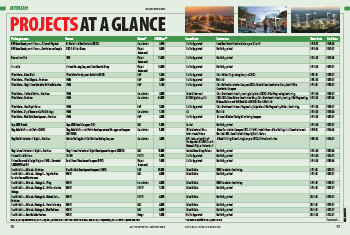
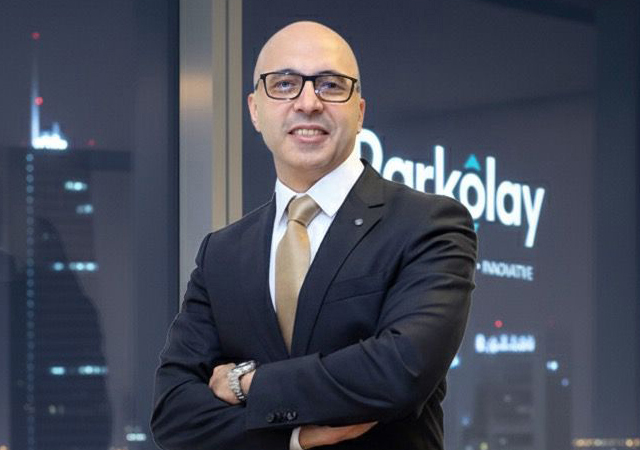
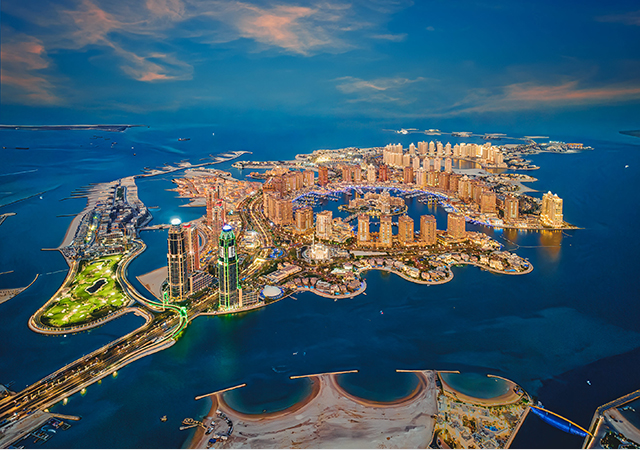


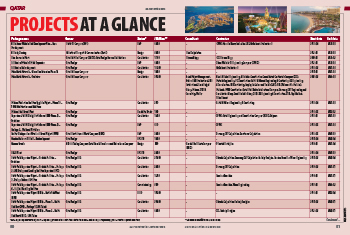
.jpg)
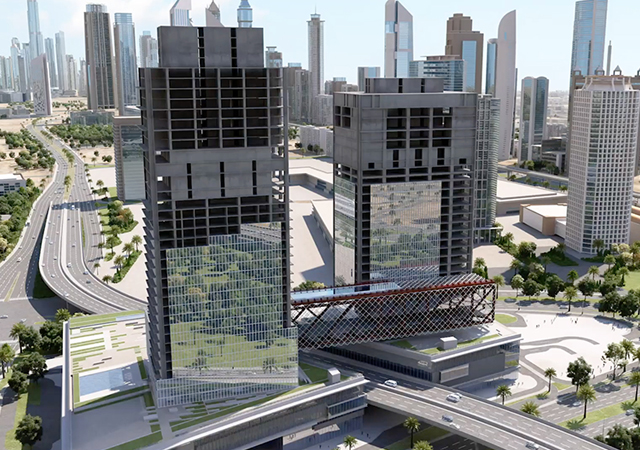

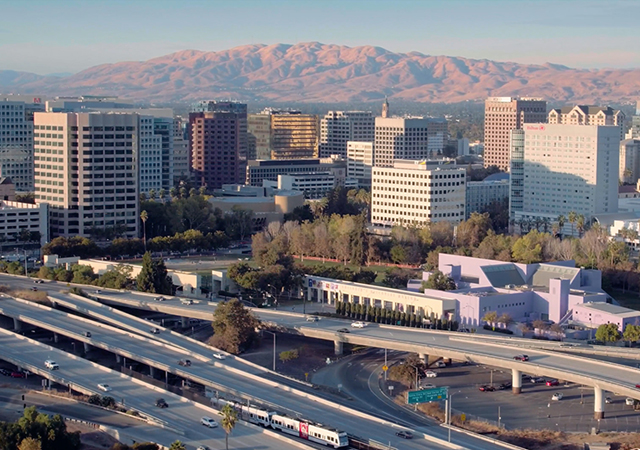
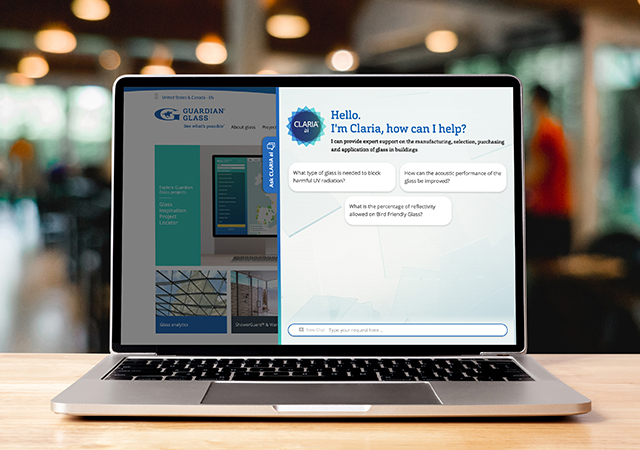

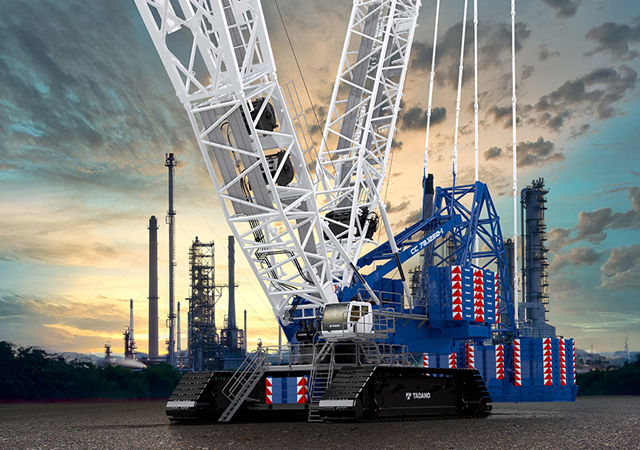
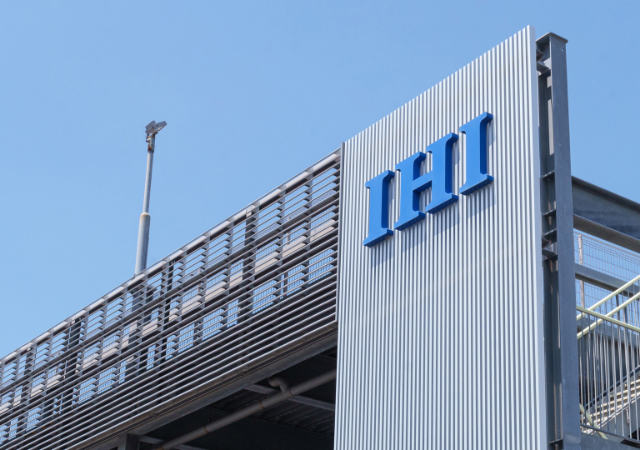
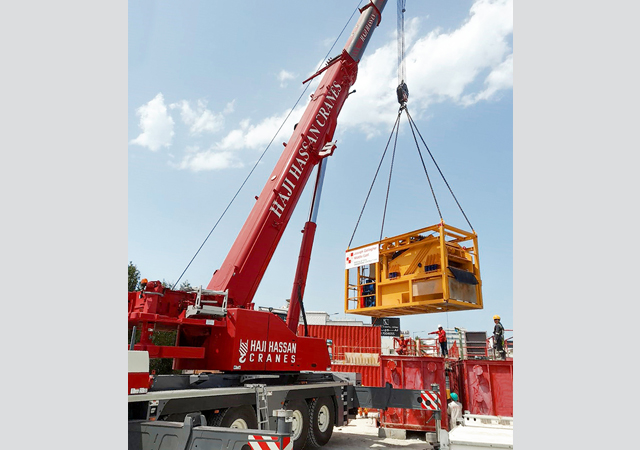
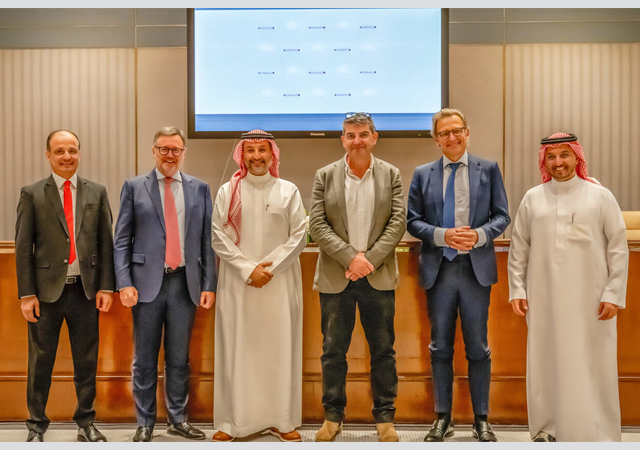

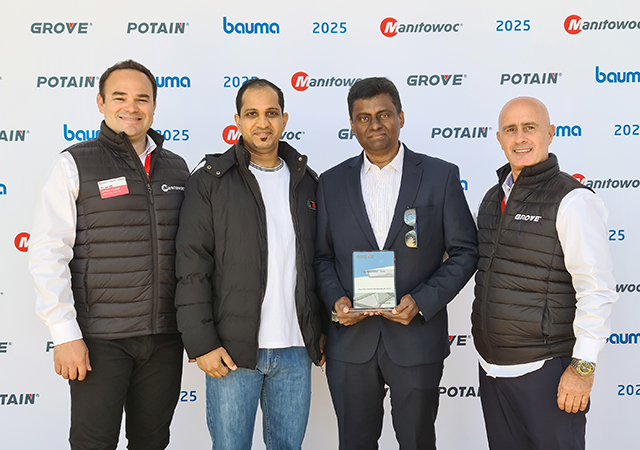

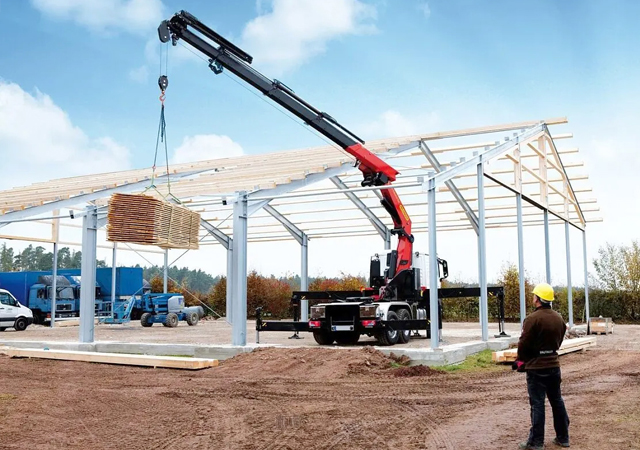
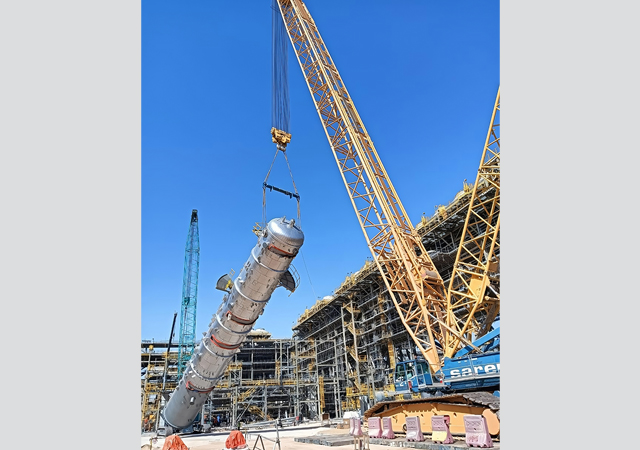
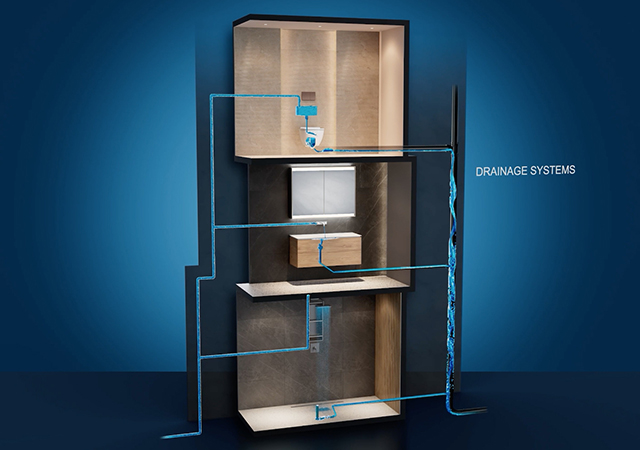
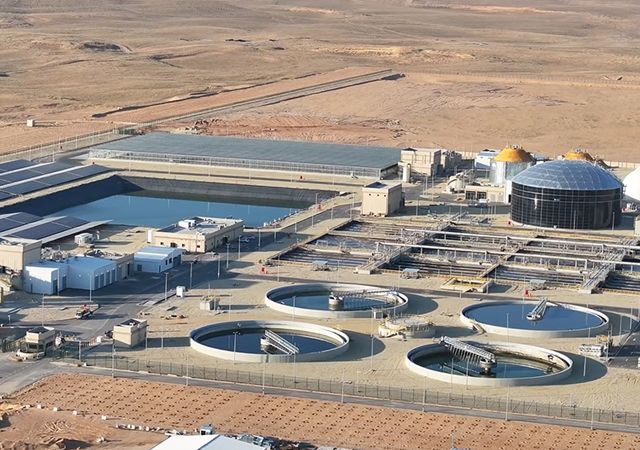

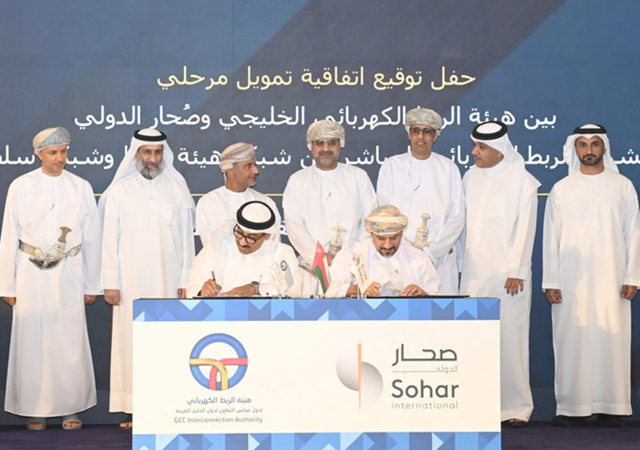
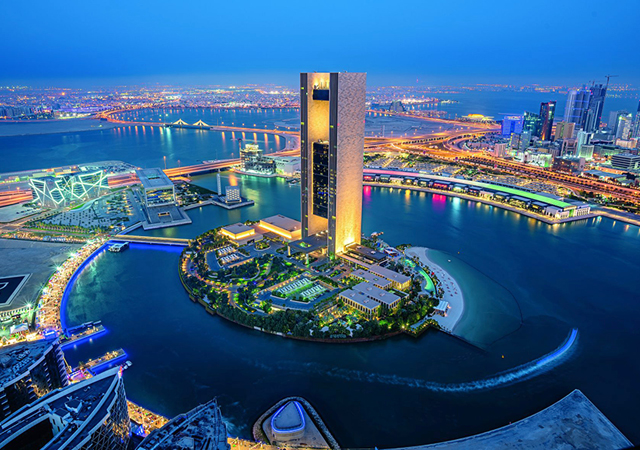
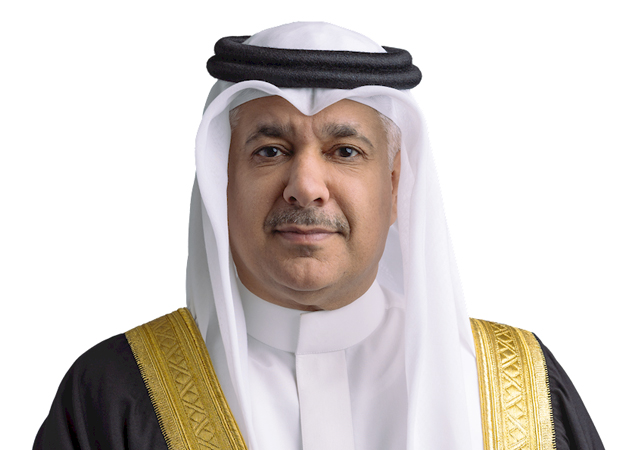
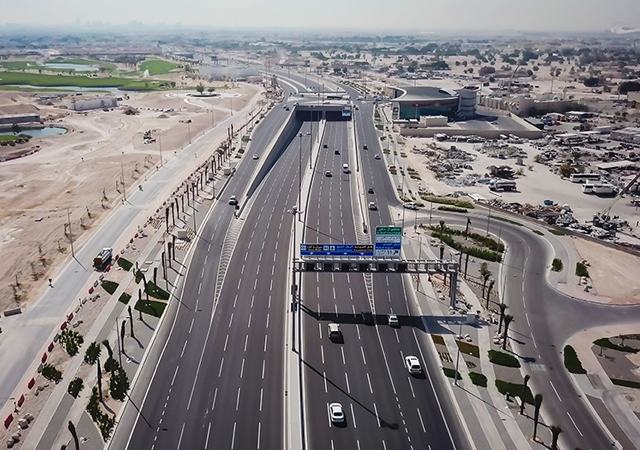
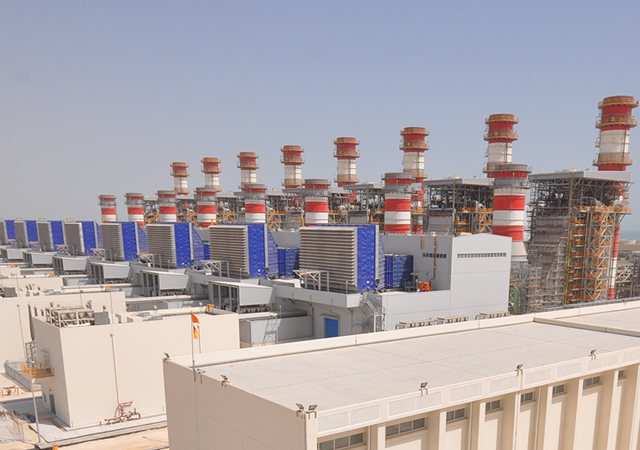
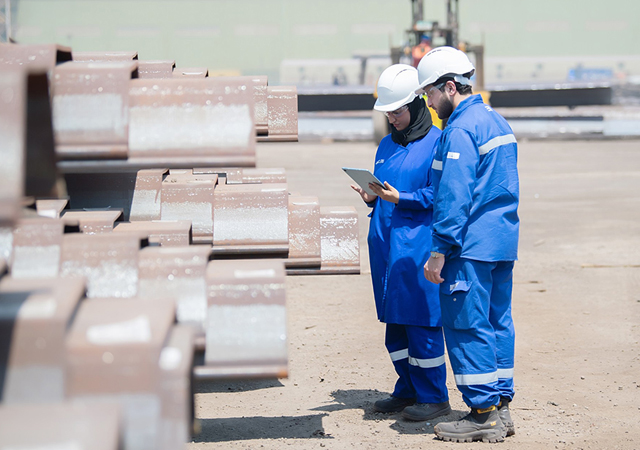
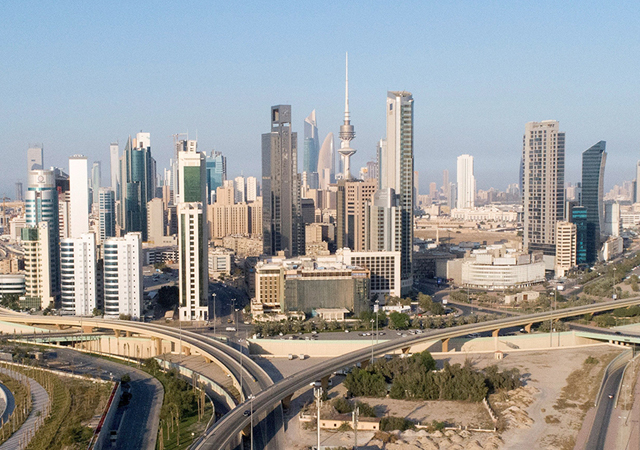
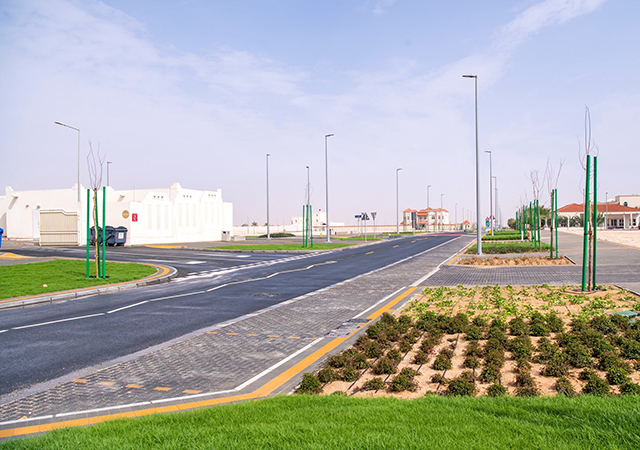
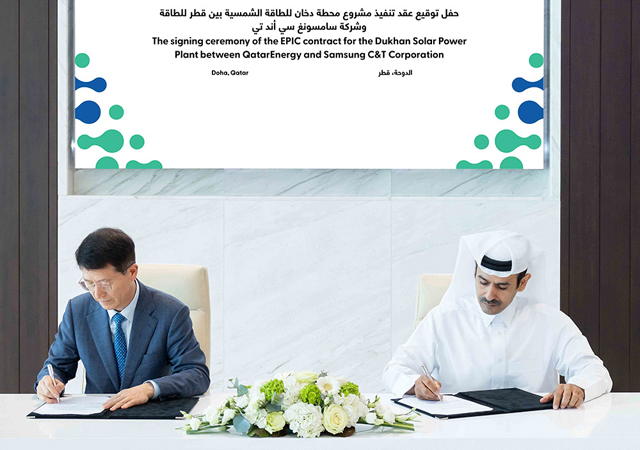
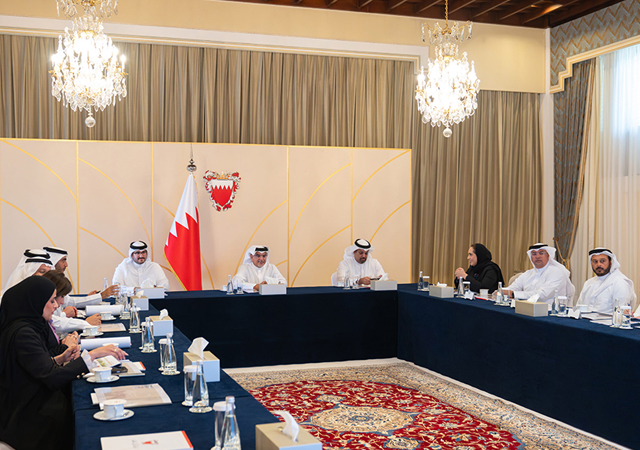

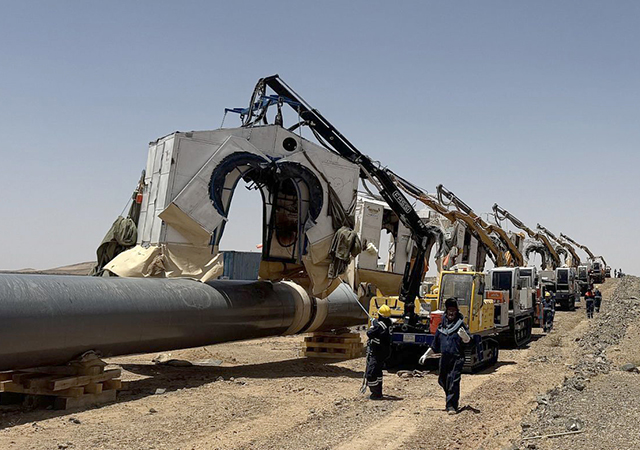
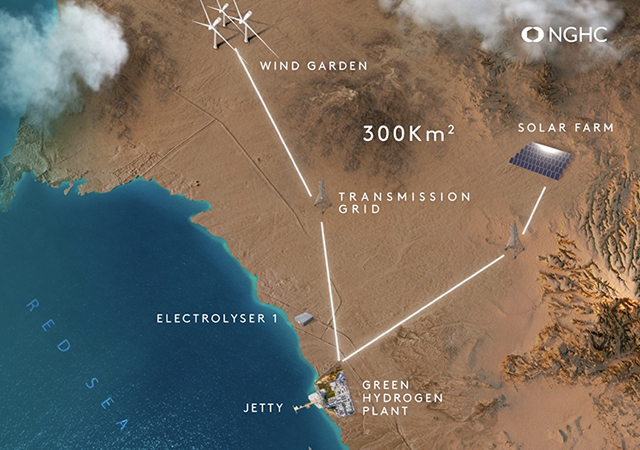
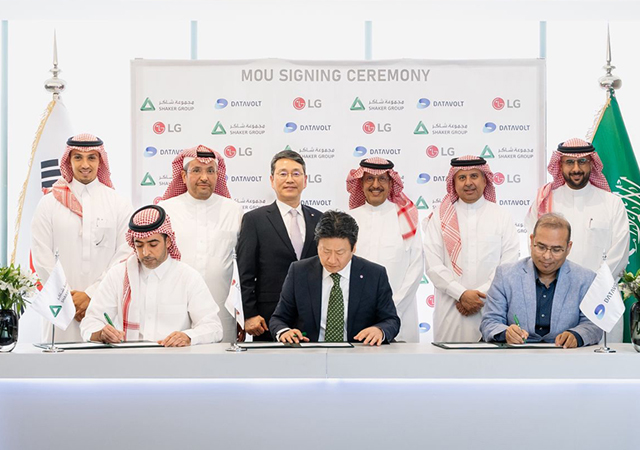
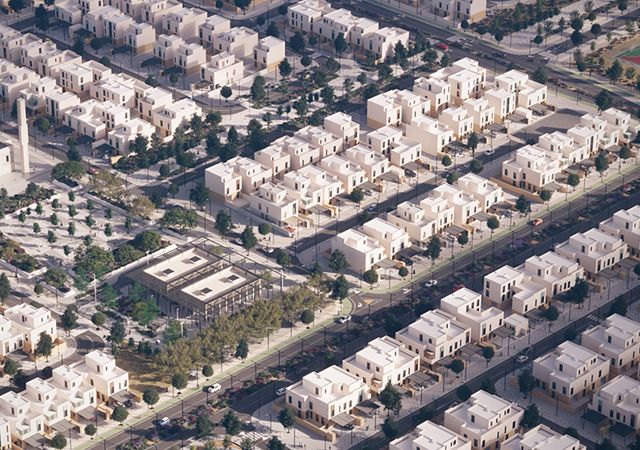
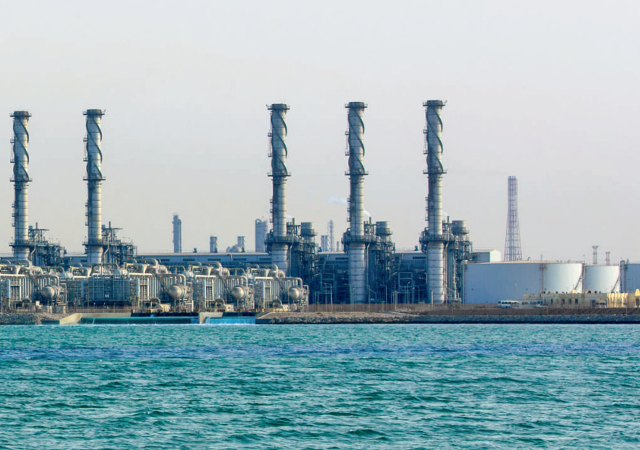

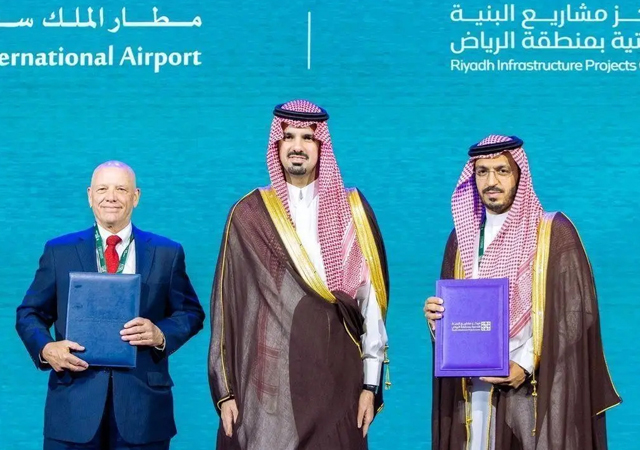
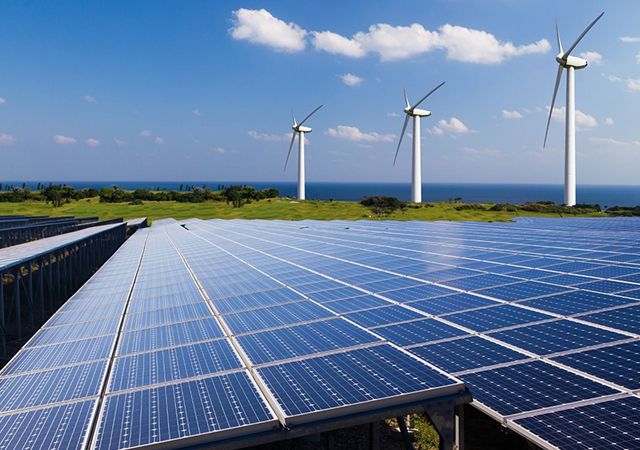
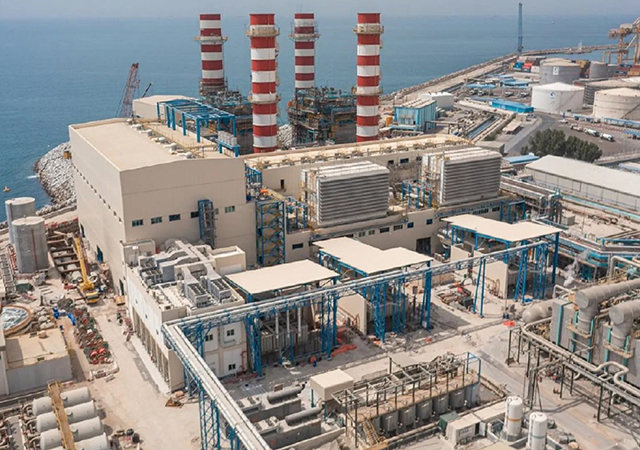
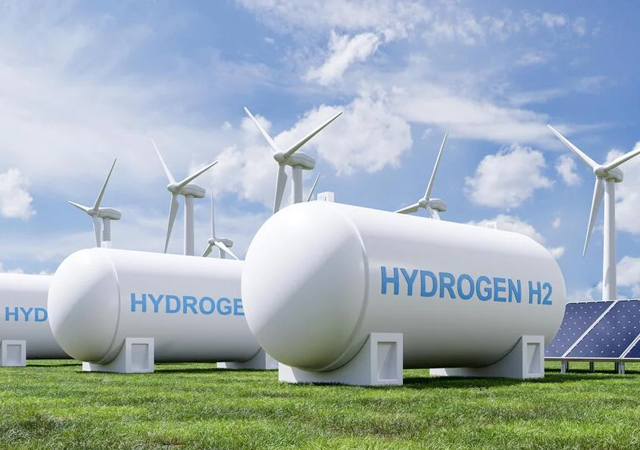

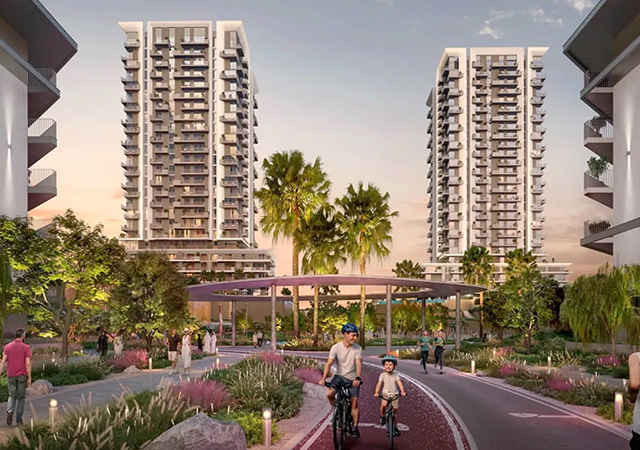

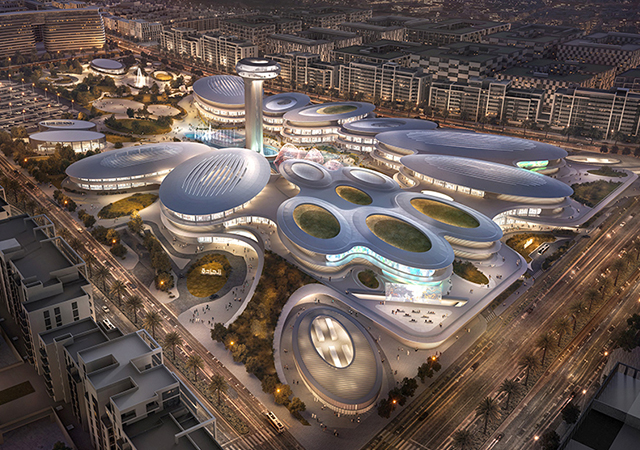
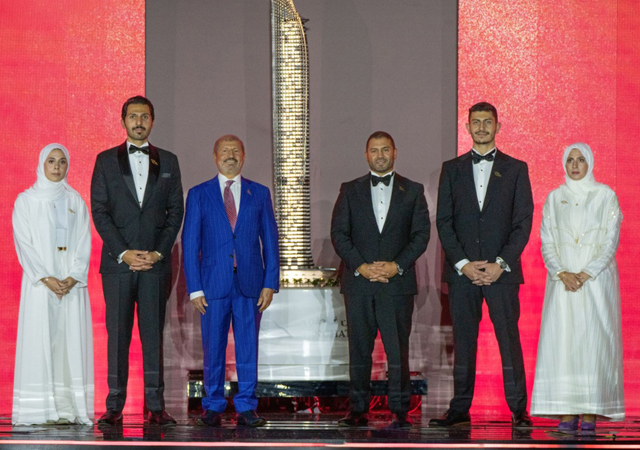
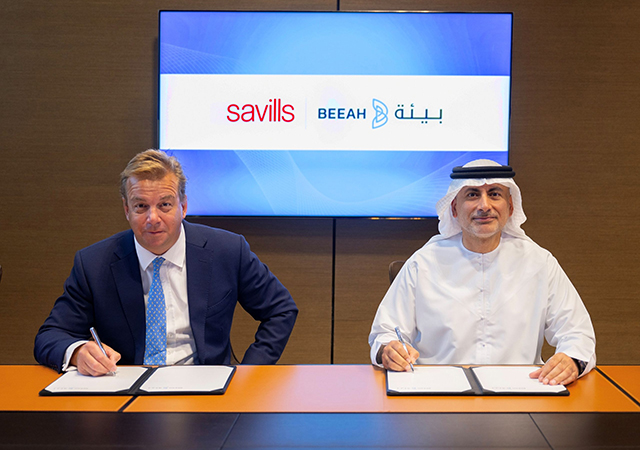
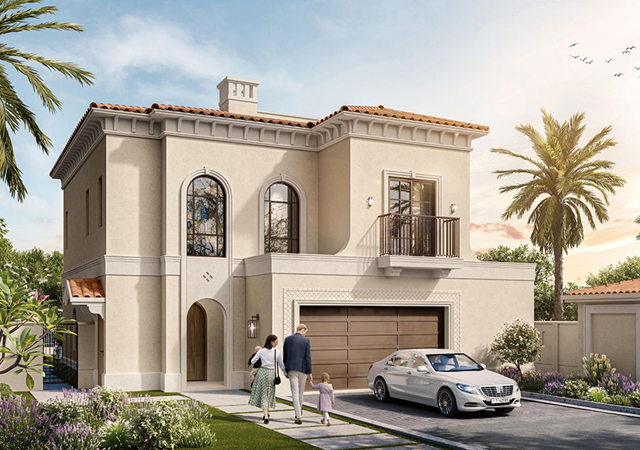
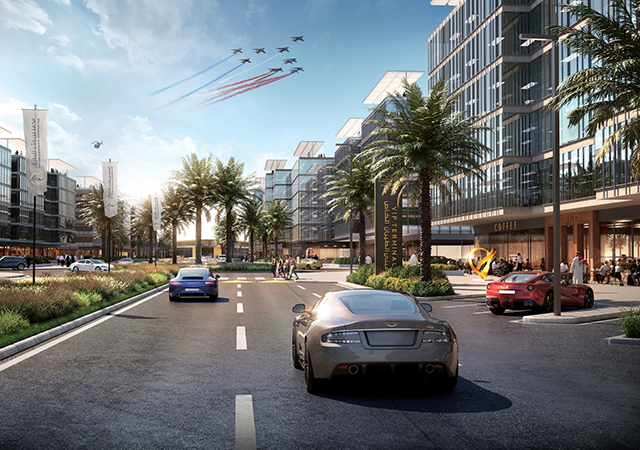

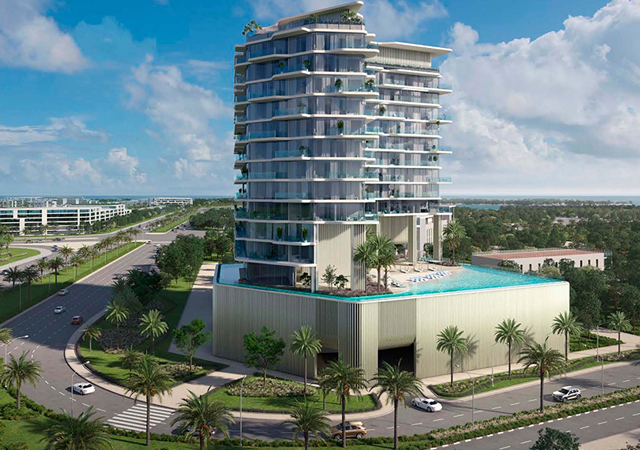
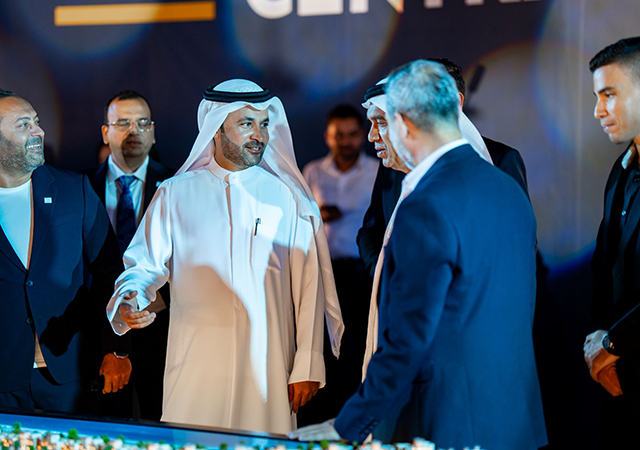
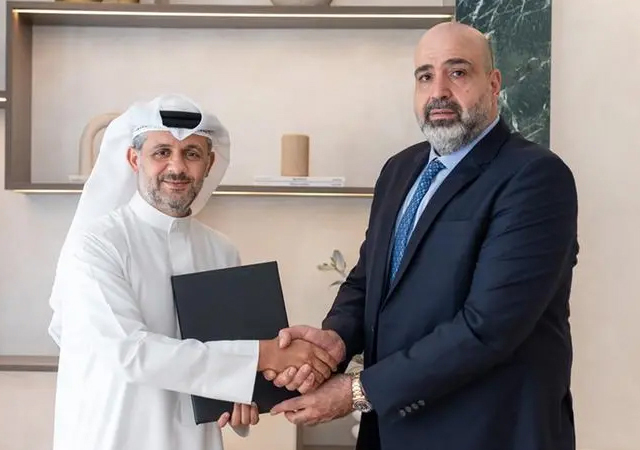
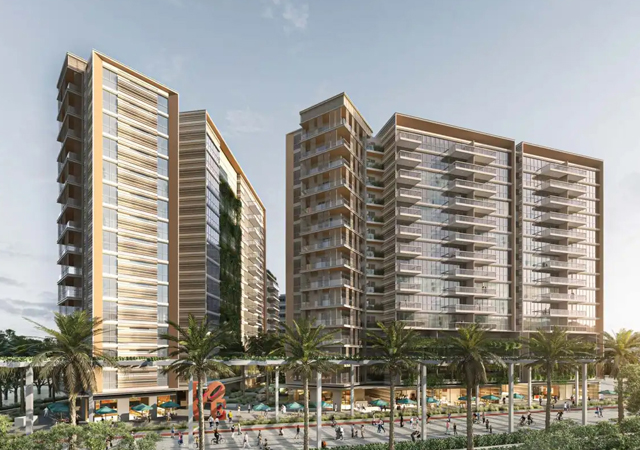
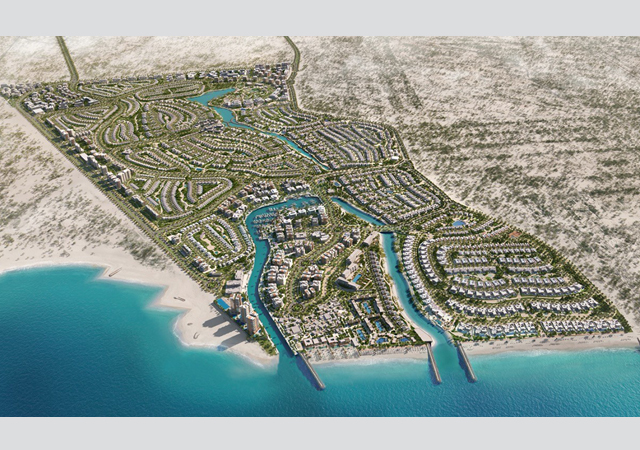
.jpg)

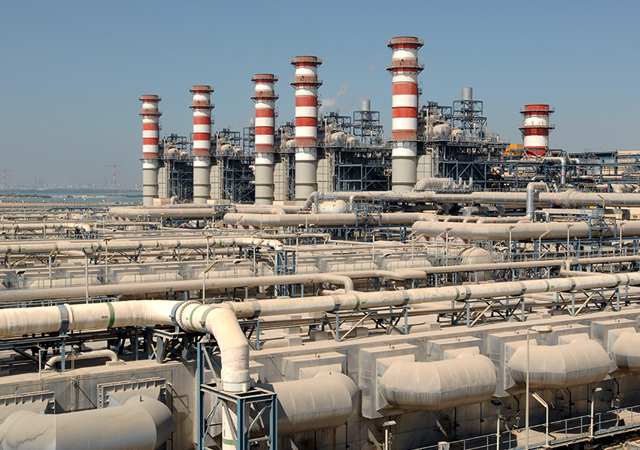
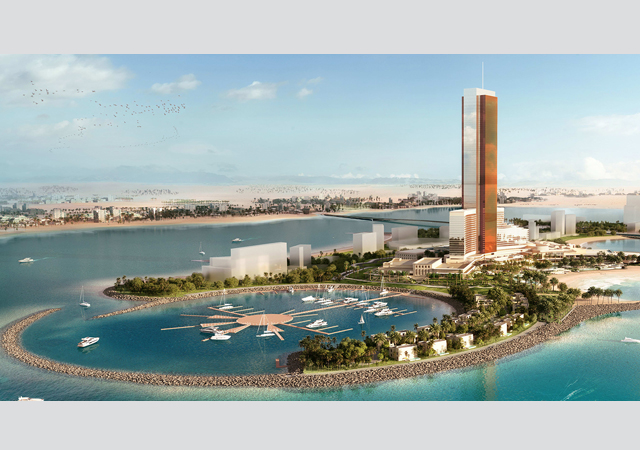
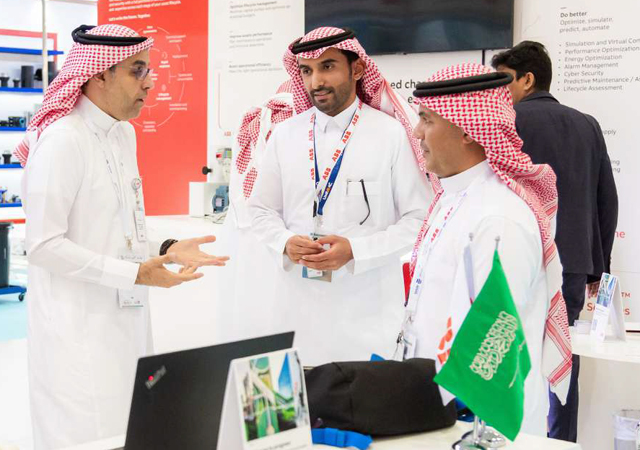
.jpg)
